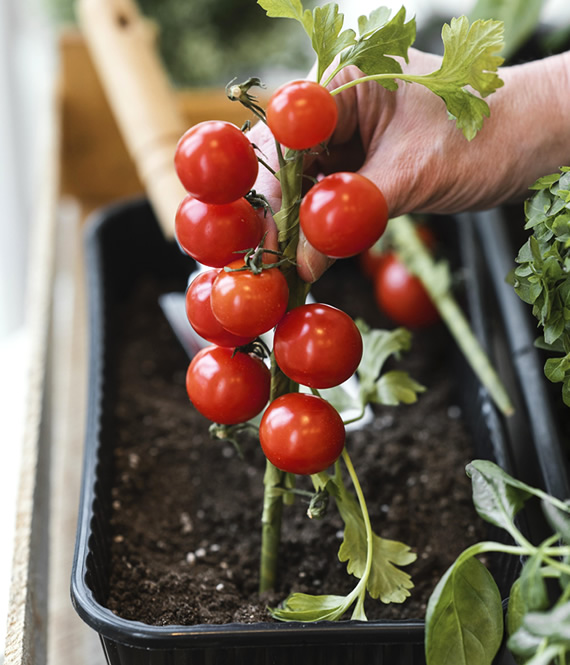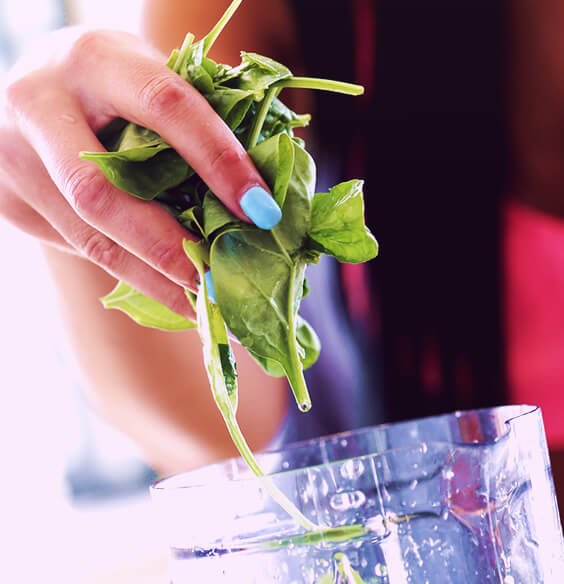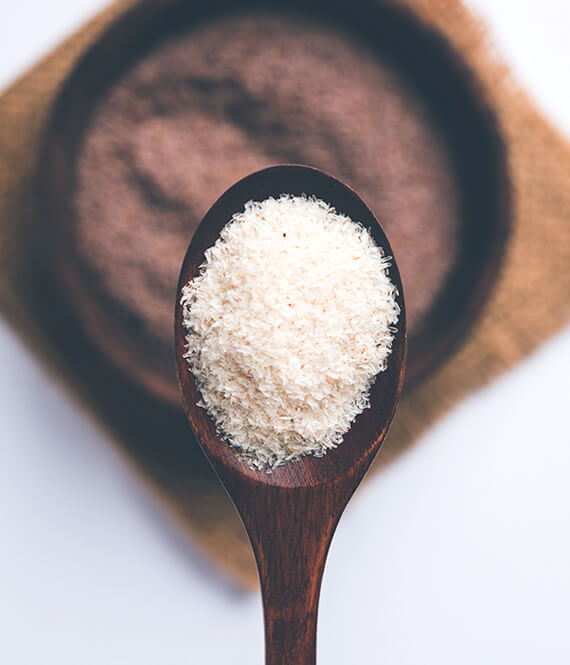
5 Interesting Facts About Tomatoes & How To Grow Tomatoes At Home
We recommend helpful products in our articles. Read our full disclosure here. The content on this website is not intended to be a substitute for professional advice, diagnosis, or treatment.
Tomatoes are one of the most popular fruits in the world, enjoyed by people of all ages.
They are versatile and can be eaten raw, cooked, or processed into sauces, juices, and other products.
Interesting Facts About Tomatoes
Tomatoes are not always red
The most common color of tomatoes is red, but they can also be yellow, orange, pink, purple, black, or even white.
The color of a tomato is determined by its genetics and the amount of sunlight it receives.
Red tomatoes contain the highest levels of lycopene, an antioxidant that has been linked to health benefits such as reduced risk of heart disease and cancer.
Tomatoes are technically a fruit, not a vegetable
Botanically speaking, a fruit is a seed-bearing structure that develops from the ovary of a flowering plant.
Tomatoes fit this definition, as they develop from the ovary of the tomato plant.
However, in culinary terms, tomatoes are often classified as vegetables.
This is because they are typically used in savory dishes, rather than sweet ones.
There are over 10,000 varieties of tomatoes!
The exact number of tomato varieties is unknown, but it is estimated to be over 10,000.
This wide variety of tomatoes is due to the fact that they have been cultivated for centuries and have been bred for different characteristics, such as size, shape, color, flavor, and disease resistance.
Tomatoes have been to space
In 1983, tomato seedlings were grown in space aboard the Space Shuttle Columbia.
This was the first time that tomatoes had been grown in space, and it was a major milestone in the development of space agriculture.
The tomatoes grown in space were small and misshapen, but they were still edible.
Tomatoes are a good source of lycopene
Lycopene is an antioxidant that has been linked to a number of health benefits, including reduced risk of heart disease, cancer, and macular degeneration.
Tomatoes are one of the richest sources of lycopene in the diet.
The amount of lycopene in tomatoes increases as they ripen, so red tomatoes are a better source of lycopene than yellow or green tomatoes.
These are just a few of the many fascinating curiosities about tomatoes.
These fruits are truly amazing and versatile, and they offer a variety of health benefits.
So next time you enjoy a tomato, take a moment to appreciate its beauty and complexity.
In addition to the five curiosities mentioned above, here are some other interesting facts about tomatoes:
- The word “tomato” comes from the Nahuatl word “tomatl”, which means “plump thing with a navel.”
- Tomatoes were first cultivated in South America by the Aztecs and other Native American cultures.
- Tomatoes were introduced to Europe in the 16th century, but they were initially thought to be poisonous.
- Tomatoes were not widely accepted as a food in Europe until the 18th century.
- Today, tomatoes are one of the most popular fruits in the world.
They are grown in over 100 countries and are used in a variety of dishes.
Tomatoes are a delicious and nutritious fruit that has a long and fascinating history.
They are a valuable source of vitamins, minerals, and antioxidants, and they offer a variety of health benefits.
So next time you enjoy a tomato, be sure to appreciate its beauty and complexity.
How to Grow Tomatoes at Home?
Growing Tomatoes at Home
Tomatoes are a popular and rewarding vegetable to grow at home.
They are relatively easy to care for, and they can be grown in a variety of climates.
Whether you are a beginner or an experienced gardener, you can enjoy growing tomatoes at home.
Choosing the Right Variety
The first step to growing tomatoes is to choose the right variety for your climate.
There are many different varieties of tomatoes available, so it is important to choose one that will thrive in your area.
Consider the following factors when choosing a tomato variety.
- Climate: Tomatoes are a warm-season crop and need at least 6 hours of sunlight per day.
They will not tolerate frost, so wait until the danger of frost has passed before planting.
- Size: Tomatoes come in a variety of sizes, from small cherry tomatoes to large beefsteak tomatoes.
Choose a size that is appropriate for your needs.
- Flavor: Tomatoes also come in a variety of flavors, from sweet to tangy.
Choose a variety that you enjoy eating.
- Disease Resistance: Some tomato varieties are more resistant to diseases than others.
If you live in an area with a lot of disease pressure, choose a variety that is resistant to the most common diseases.
Preparing the Soil
Tomatoes need well-drained soil that is rich in organic matter.
Amend the soil with compost or manure before planting.
Tomatoes also benefit from a balanced fertilizer.
Planting Tomatoes
Tomatoes can be planted directly in the ground or in containers.
If planting in the ground, space the plants 2-3 feet apart.
If planting in containers, use a pot that is at least 12 inches in diameter.
Watering Tomatoes
Tomatoes need regular watering, especially during the hot summer months.
Water the plants deeply, so that the water reaches the roots.
Avoid watering the leaves, as this can promote disease.
Fertilizing Tomatoes
Tomatoes need to be fertilized regularly to produce a good crop.
Apply a balanced fertilizer every 2-3 weeks.
You can also use compost tea or manure tea to fertilize your tomatoes.
Pests and Diseases
Tomatoes are susceptible to a variety of pests and diseases.
Some of the most common problems include the following.
- Tomato hornworms: These large green worms can devour a tomato plant in a matter of days.
Control them by handpicking or using insecticidal soap.
- Early blight: This fungal disease causes brown spots on the leaves and fruits.
Control it by using a fungicide or by planting resistant varieties.
- Late blight: This fungal disease is more serious than early blight and can kill tomato plants.
Control it by using a fungicide or by planting resistant varieties.
Harvesting Tomatoes
Tomatoes are ready to harvest when they are firm and have a bright color.
Cut the tomatoes from the vine with a sharp knife.
Store tomatoes at room temperature for a few days, or refrigerate them for longer storage.
Here are some additional tips for growing tomatoes at home:
- Mulch around the plants to help retain moisture and suppress weeds.
- Stake or cage the plants to support their weight.
- Remove the bottom leaves of the plants as they grow to improve air circulation and reduce the risk of disease.
- Harvest tomatoes regularly to encourage more production.
With a little care and attention, you can enjoy fresh, homegrown tomatoes all summer long!
"We love to research problems, examine studies, analyze solutions, and share with you ideas that make life healthier. You can learn about us and our editorial standards here. Have suggestions or feedback to share? Send us a message!."













Leave a Comment